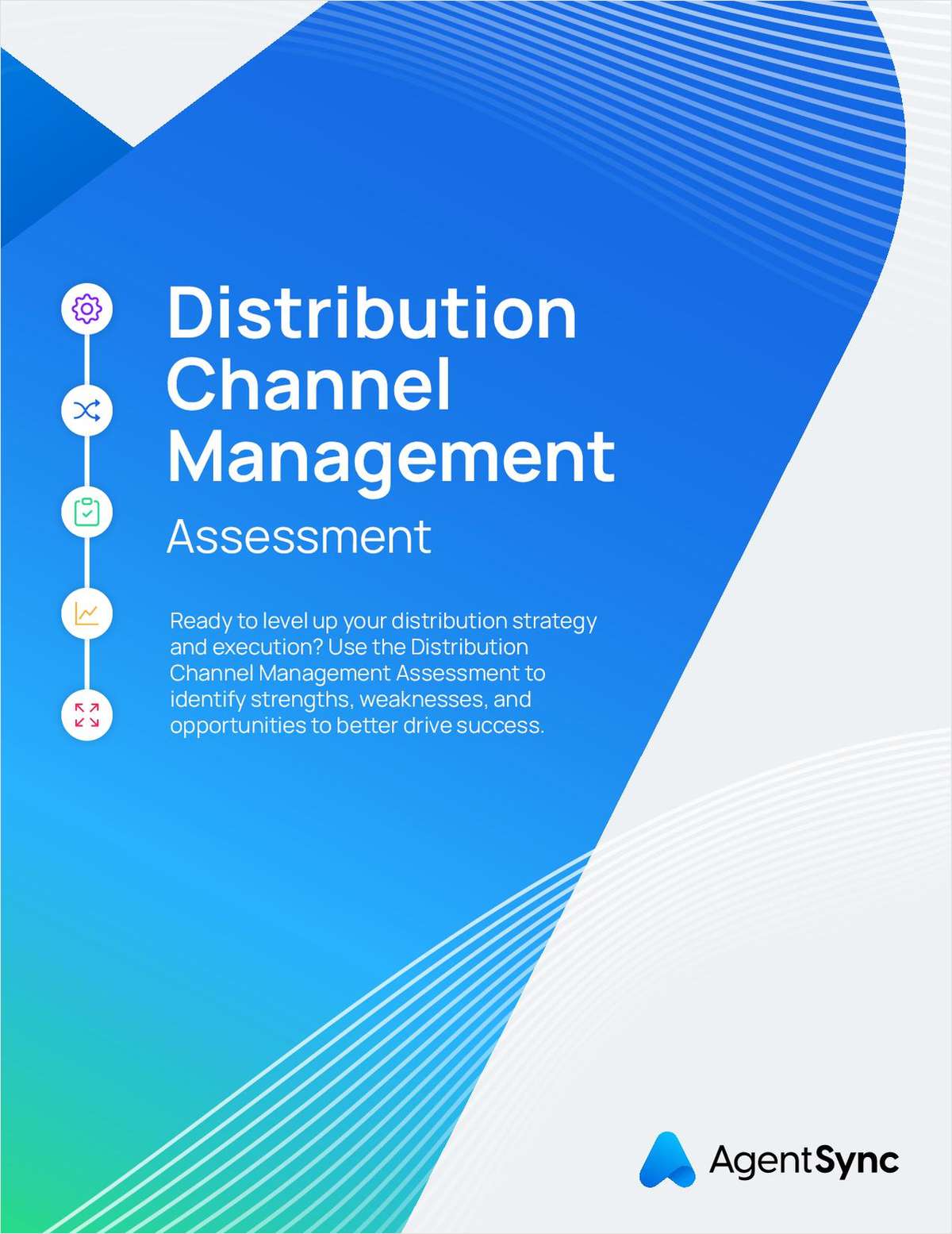Oracle announces the availability of Oracle Insurance Quantitative Management and Reporting for Hyperion Financial Management, a new application that streamlines compliance with Solvency II reporting mandates and enables carriers to better manage risk, finance and capital.
As part of the Solvency II regulation, European insurers must provide quantitative management reports to industry regulators, such as the recent Quantitative Impact Study 5 (QIS5) and pending Quantitative Reporting Templates (QRT). Oracle Insurance Quantitative Management and Reporting helps insurers create such reports automatically, eliminating the need for labor-intensive processes and error-prone manual spreadsheets.
The application automatically downloads and collates financial, capital and risk data from multiple sources, including auditable spreadsheets and manual inputs where needed. Oracle Insurance Quantitative Management and Reporting then provides currency translation, intercompany elimination, and equity elimination and reconciliation.
Additionally, the solution includes built-in validation routines—including cross checks on input data—increasing accuracy and highlighting inconsistencies early in the process. It also provides automated workflow for standardized and auditable approval and sign-off.
"Business demands and regulations are driving insurers to improve their risk and financial processes and reporting systems. Oracle Insurance Quantitative Management and Reporting for Hyperion Financial Management is an ideal solution for meeting the quantitative reporting requirements of Solvency II, with automated reporting, audit trails and dashboards," says Glenn Lottering, senior director, EMEA insurance product strategy and sales consulting. "The application not only helps insurers comply with industry regulations, it helps provide the insight that executives need to improve risk management, make better-informed business decisions, and ensure financial stability over the long term."
The application gives insurance executives and managers insight into risk and capital information with reporting tools such as risk dashboards and key performance indicators. In addition, Oracle Insurance Quantitative Management and Reporting offers an easy-to-use interface that resembles traditional regulatory reporting tools (such as spreadsheets), helping to drive user adoption throughout the enterprise.
Oracle Insurance Quantitative Management and Reporting also helps simplify the creation of other reports required under the Solvency II mandate, including Solvency Financial and Condition Reports (SFCR) and Report to Supervisors (RSR). The application consolidates the relevant data from multiple systems and provides a choice of output options for final reporting, such as spreadsheets or flat file. This helps insurers calculate their solvency capital requirements quickly and efficiently to meet both internal and regulatory reporting requirements.
Want to continue reading?
Become a Free PropertyCasualty360 Digital Reader
Your access to unlimited PropertyCasualty360 content isn’t changing.
Once you are an ALM digital member, you’ll receive:
- Breaking insurance news and analysis, on-site and via our newsletters and custom alerts
- Weekly Insurance Speak podcast featuring exclusive interviews with industry leaders
- Educational webcasts, white papers, and ebooks from industry thought leaders
- Critical converage of the employee benefits and financial advisory markets on our other ALM sites, BenefitsPRO and ThinkAdvisor
Already have an account? Sign In Now
© 2025 ALM Global, LLC, All Rights Reserved. Request academic re-use from www.copyright.com. All other uses, submit a request to [email protected]. For more information visit Asset & Logo Licensing.








